Shade, water catchment, sustainability, and art: these strategies were the driving forces behind the design of Confluence Park, a project of the San Antonio River Foundation (SARF). A nonprofit affiliate of the municipal body that manages the local watershed, SARF sought to create a venue for educational programs and a new public amenity for the south side of San Antonio, Texas, while demonstrating principles of low-impact development.
Situated on a bluff overlooking the confluence of the San Antonio River and San Pedro Creek, Confluence Park has been a long time coming. Back in 2007, SARF purchased the five-acre plot from the city’s electric utility company. It turned over two acres to the Army Corps of Engineers for a major river rehabilitation project, and, for several years, the remaining three acres served as a staging area for crews working to revitalize 13 miles of the river. Building Confluence Park began in earnest in 2013 with a master plan competition.
From the start, SARF wanted an architect to work with an artist. “We wanted integrated art, not applied art,” says executive director Robert Amerman. After an RFP, the foundation selected Lake|Flato from a shortlist of four local firms in 2014. The architects’ proposal included Andrew Kudless of Matsys, an interdisciplinary design practice based in San Francisco, who spearheaded the sculptural pavilion design. Landscape architects Rialto Studio, already engaged with the foundation, became part of the team.
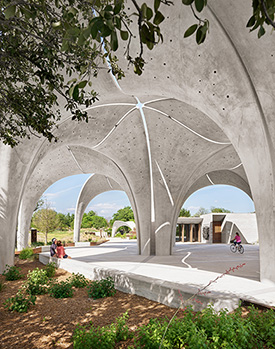
The three-acre park comprises one main pavilion, three smaller “satellite” pavilions, and a classroom building. The pavilions are made of concrete “petals”—two for each of the satellites, 22 for the large structure—cast on-site, using custom fiberglass forms fabricated by Kreysler & Associates in California. The petals decrease in thickness from 18½ inches at the base to just 4 inches at the top—an accomplishment that Lake|Flato associate partner Tenna Florian credits to structural engineer Chuck Naeve, of Austin-based AEC, praising his “affinity for thinness.” Pairs of petals meet some 27 feet overhead in the main pavilion (17 feet in the satellites) to form freestanding arches, unconnected to other pairs. The undersides of the petals, which touched the fiberglass forms during casting, are smooth, while the other sides, left open to the air during the process, have a rough broom finish that will weather with time and develop a different color.
The park is meant to pay tribute to water in part through “the celebration of rain events,” says Kudless. He recalls a SARF employee who said, “When it rains, we want people to say, ‘Honey, get the kids, let’s go to the park!’ ” Says Kudless, “That sounded crazy, but then I started to think about how plants open themselves up to water—the way an aloe plant funnels water toward its roots.” So, instead of shedding water, the pavilion funnels rain down into a 100,000-gallon reservoir, where it is stored for use in sewage conveyance. “The goal was to have zero water runoff from the site to the San Antonio River,” says Florian, “and to demonstrate how that can be done in a well-designed way.”
Near the main pavilion is a low-slung multipurpose building with classroom and visitor spaces. Its board-formed concrete walls and sod roof offer a contrast in both form and texture: where the classroom is geometric and rough, the pavilions are organic and smooth. “The idea was for it to be secondary to the petals,” says Florian. “We wanted it to hunker down into the ground.” The thermal mass of the semi-sunken volume helps to maintain comfortable interior temperatures (though the clients did opt to add a remotely controlled air-conditioning system). The architects also installed an 11.4 kW solar array on the landscaped roof and plan to track energy production over the next year. “We are hopeful it will operate at net positive energy,” says Florian, who added that Lake|Flato will probably pursue certification through the Living Building Institute.
The $10.7 million park officially opened in early March, and already SARF has 150 days of programming on the books, organized by nearly 20 different schools and nonprofit groups. “It’s been one of the most rewarding efforts of my life,” says Amerman, “to see how our community has embraced the park.
Video by Airborne Aerial Photography, courtesy San Antonio River Foundation
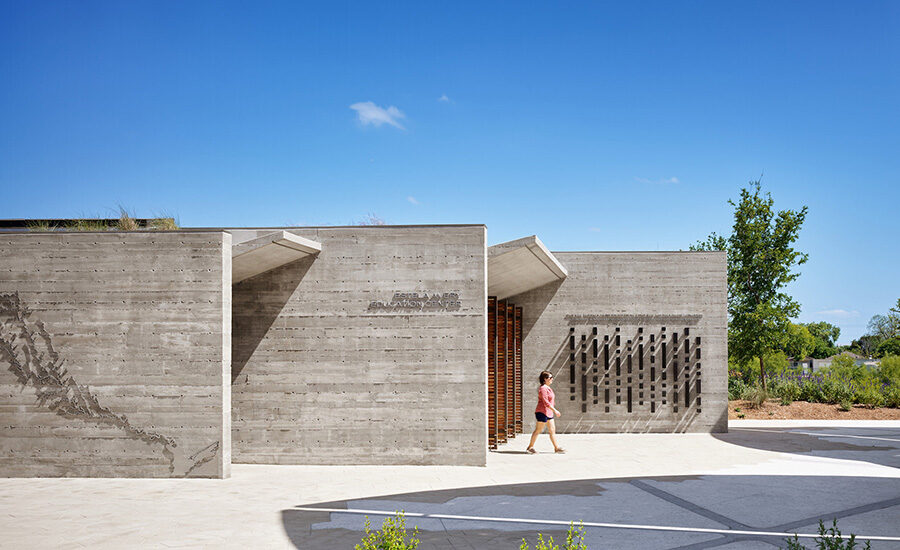
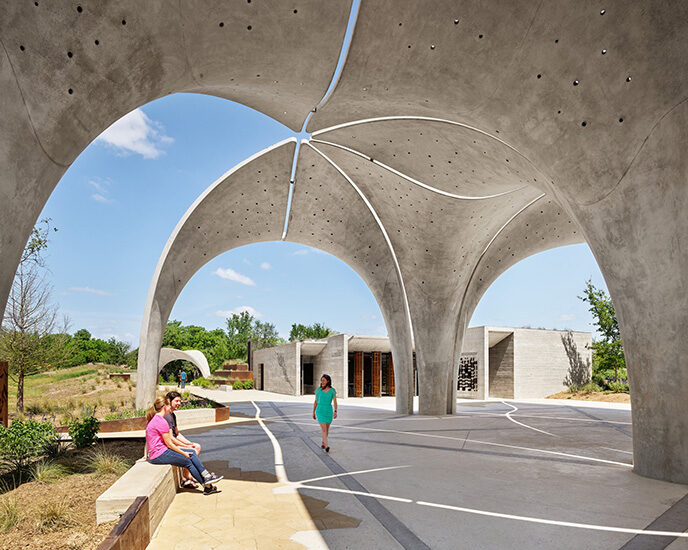
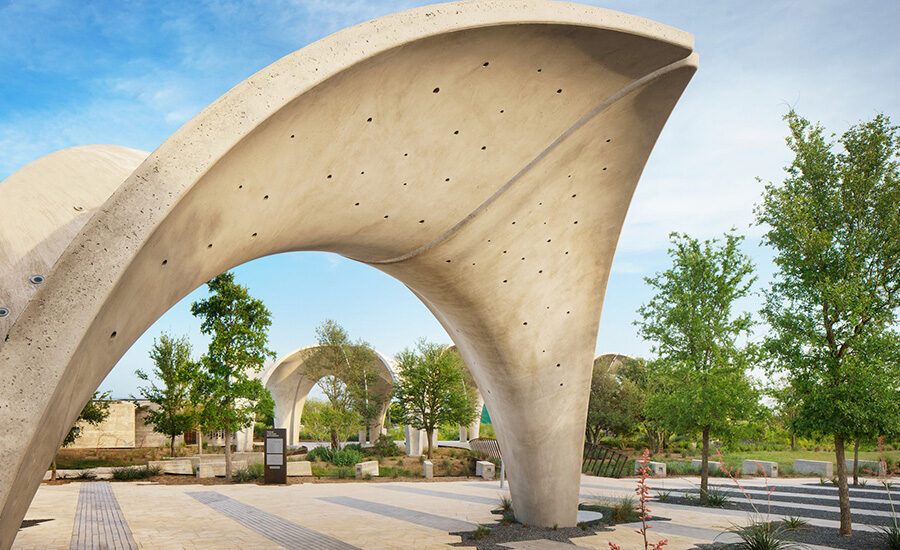
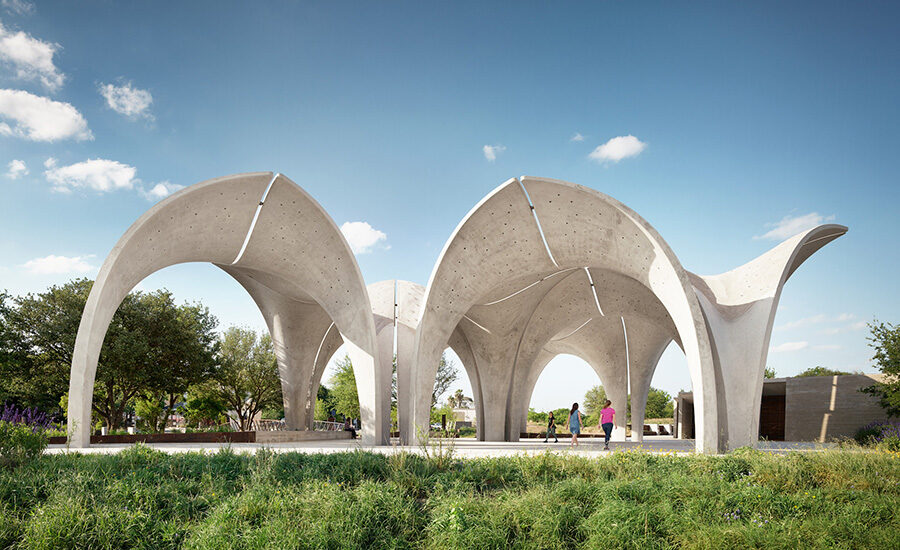
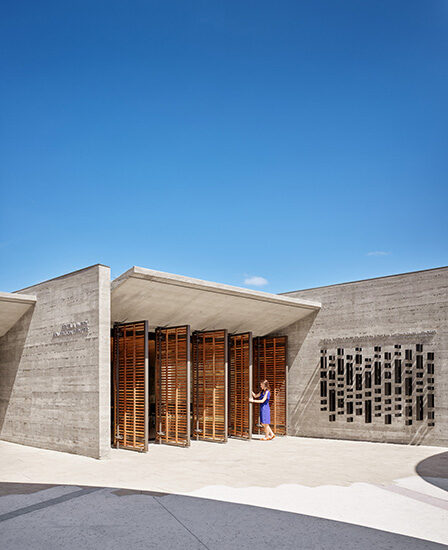
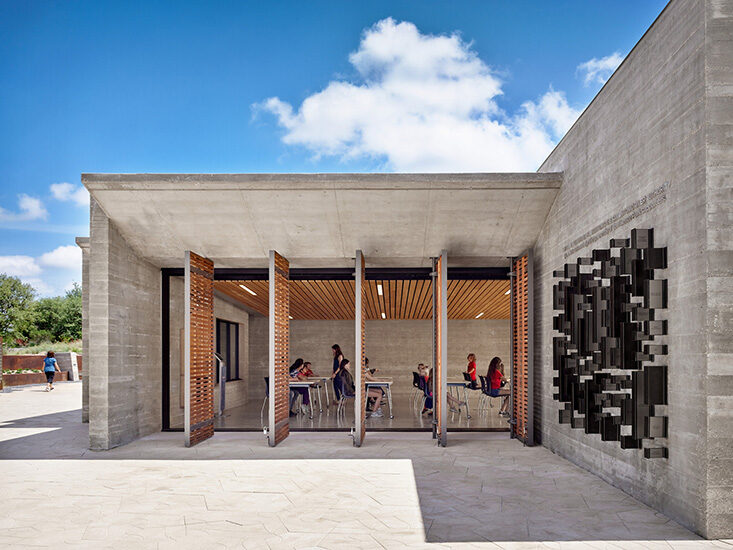
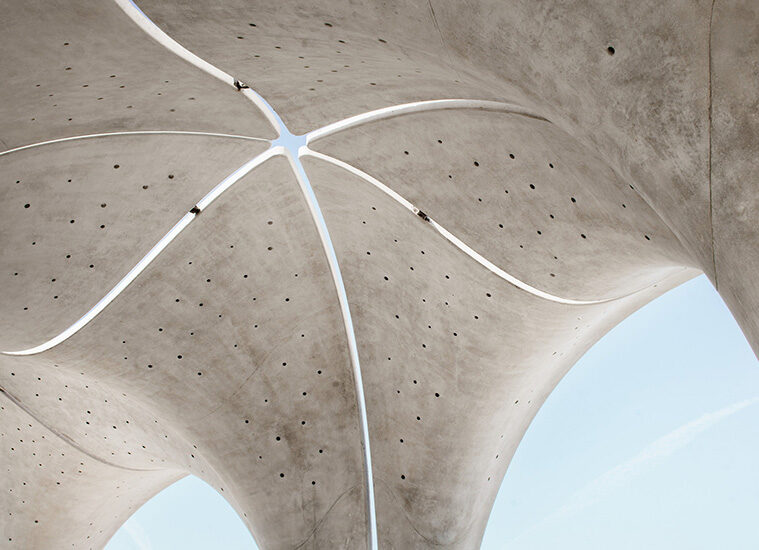
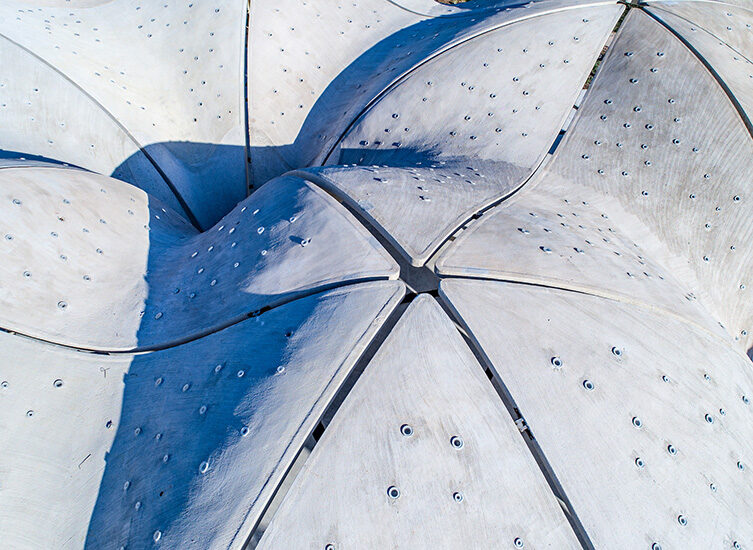
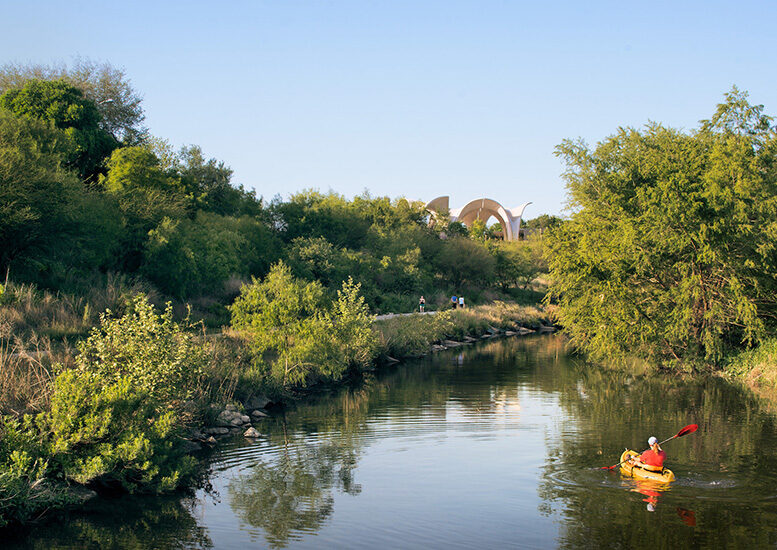

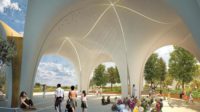
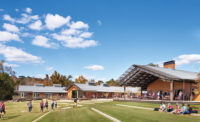
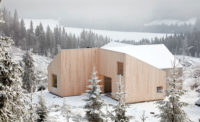
Post a comment to this article
Report Abusive Comment